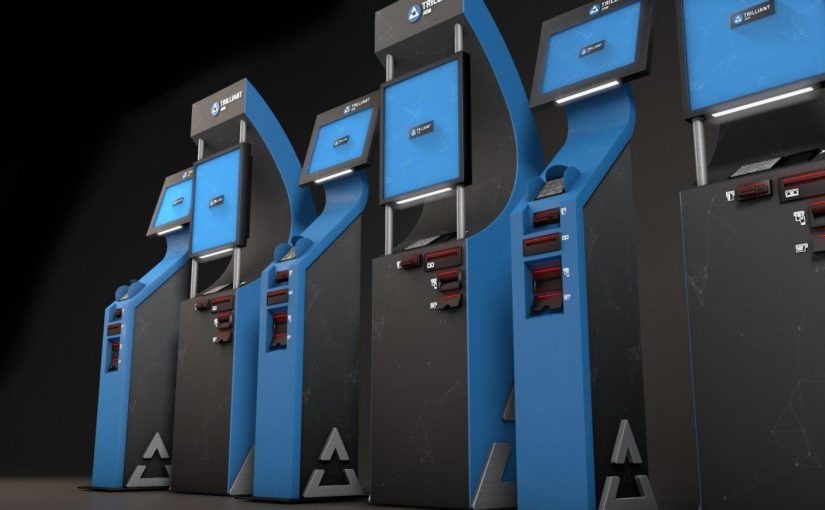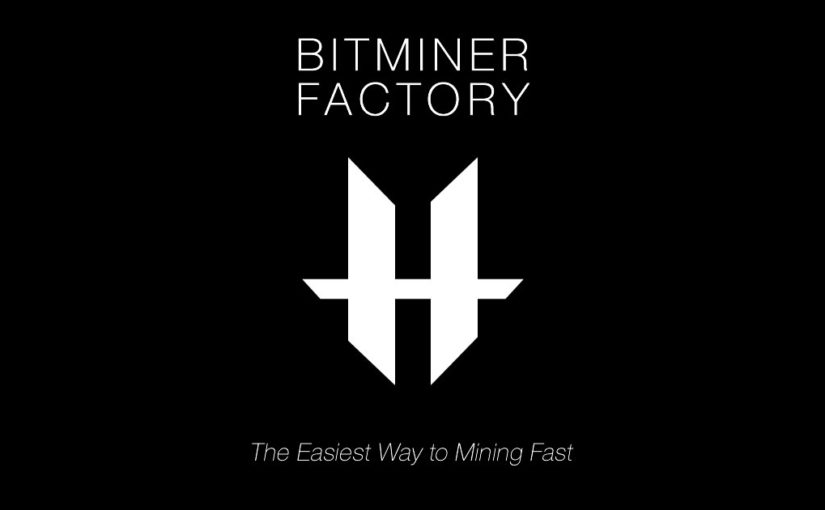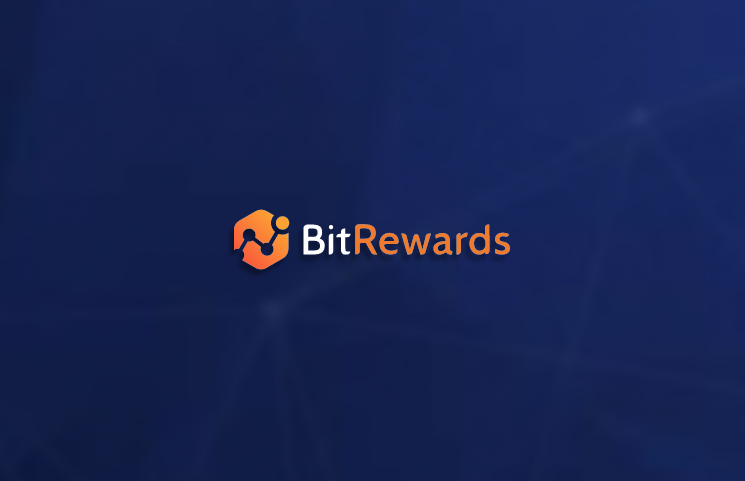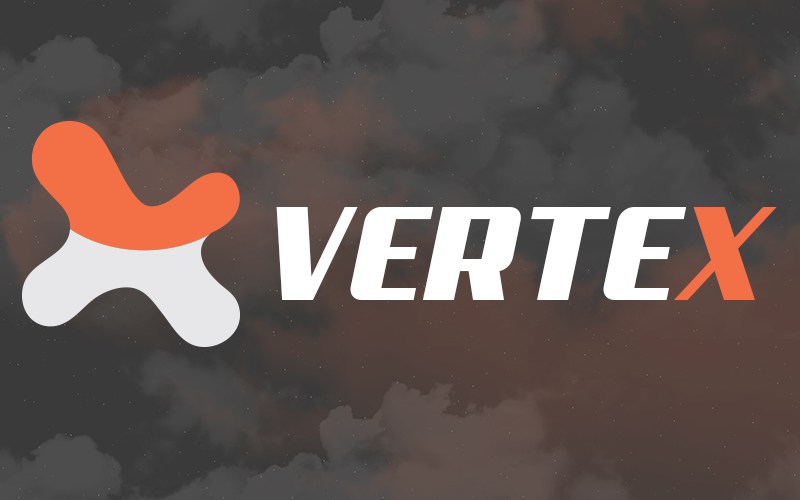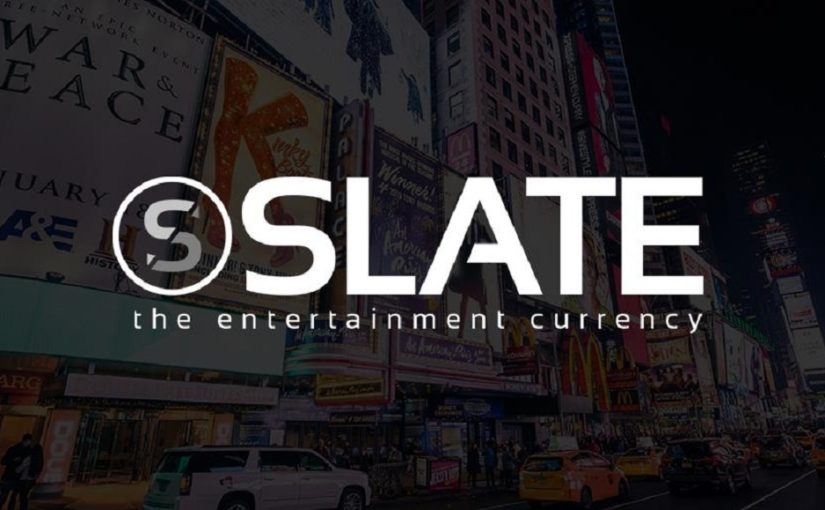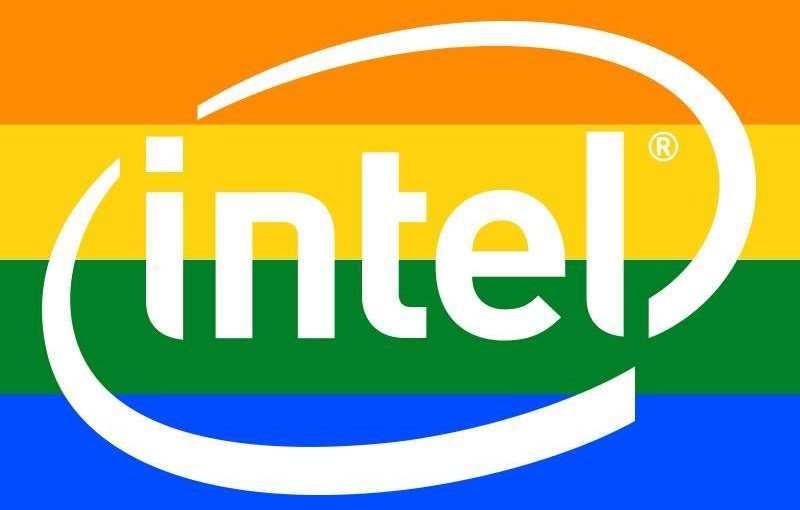Image Source: Coin Suggest
Cryptocurrencies are essential money in digital form and one of their key selling points is that they provide a level of pseudo-anonymity to users. Their digital nature however means that if they are stolen, it is often practically impossible to find out who stole them. In addition, the blockchain based nature of cryptocurrencies ensures that transactions can’t be reversed – this includes illegal transactions in which cryptocurrencies are stolen.
Many cryptocurrency users are content to keep their coins and tokens with exchanges – it is cheaper, easier to access, and the onus of keeping the coins secure falls on a company who has more resources and economies of scale to invest in high-tech security systems. However, in the last couple of years, cryptocurrency exchanges have been victim of many high-profile hacks and heists. The centralized nature of cryptocurrency exchanges and the huge funds that they hold makes them a magnet for hacks and heists. This piece examines some of the biggest cryptocurrency exchange hacks and how companies producing cryptocurrency hardware wallets might benefit from the chaos.
The biggest cryptocurrency heists by the numbers
Cryptocurrencies started 2018 with losses straight out of the gate – customers of Coincheck however suffered double losses when hackers succeeded in breaking into the exchange and making away with NEM coins worth more than $534 million. Coincheck did own up its mistakes of not taking proactive measures to ensure the safety of customers’ coins and the firm promised to reimburse customers for their losses. Nonetheless, the hack has gone down in history as the “biggest theft in the history of the world.”
The second biggest cryptocurrency exchange hack happened in the heydays of Bitcoin in 2014 when cybercriminals successfully breached Tokyo-based Mt.Gox. The hackers successfully stole 750,000 BTC belonging to customers and about 100,000 BTC belonging to the company – all worth about $473 million at the time of the hack. Apart from the fact that Mt Gox wasn’t proactive about the security of its exchange, the company didn’t manage the bad news properly, and it went on to file for bankruptcy – both its funds and customers funds gone forever into the coffers of cybercriminals.
The third largest cryptocurrency exchange hack also happened earlier this year when the Italy-based exchange, BitGrail fell victim to cybercrimimals. Hackers made away with as much as $195 million worth of NANO from the cryptocurrency exchange. The revelations made in the days following the hack revealed that BitGrail was guilty of storing its customers’ funds in hot wallets – these are wallets connected to the Internet and it was quite easy for hackers siphon the funds away.
Hardware wallets to the rescue
As cryptocurrency exchanges continue to suffer hacks, data breaches, and losses, the value proposition of hardware wallets is becoming increasingly obvious to users. A cryptocurrency hardware wallet allows users to store their private keys offline on encrypted devices. The fact that the coins are stored offline means that they can’t be stolen via hacks.
A USD wallet could set you back some $35 and premium devices could cost upwards of $100, you’ll still need to climb a steep learning curve to know how to use Trezor, Ledger, KeepKey, Pi or other wallets correctly. However, once, you’ve mastered the art of storing your coins correctly; you don’t have to worry about the theft of your coins and even if you lose your wallet, you can easily use the recovery seed to rebuild your wallet on a new device.
Researchers at Mordor Intelligence reported that the global hardware Wallet Market was valued at $227.5M in 2017 and that the industry will grow by a CAGR of 36.6% to $1.60B by 2023. Of course, a using a hardware wallet costs a little bit more money than storing your cryptocurrencies on an exchange. Interestingly, USB wallets are still more most popular form of hardware wallets accounting or more than 88% of the total market share, probably because they are cheap. Europe currently has the largest number of hardware wallet users with a 26% market share and most of the companies producing hardware wallets are based in Europe.
Nonetheless, the fact that investments in cryptocurrency investments have surged from $18B on January 2017 to about $800B in January 2018 suggests that cybercriminals have an incentive to find ways to conduct hacks and heists to steal cryptocurrencies. Going forward, the demand for hardware wallets will continue to rise as cryptocurrency enthusiasts start taking responsibility for keeping their wallets safe.


